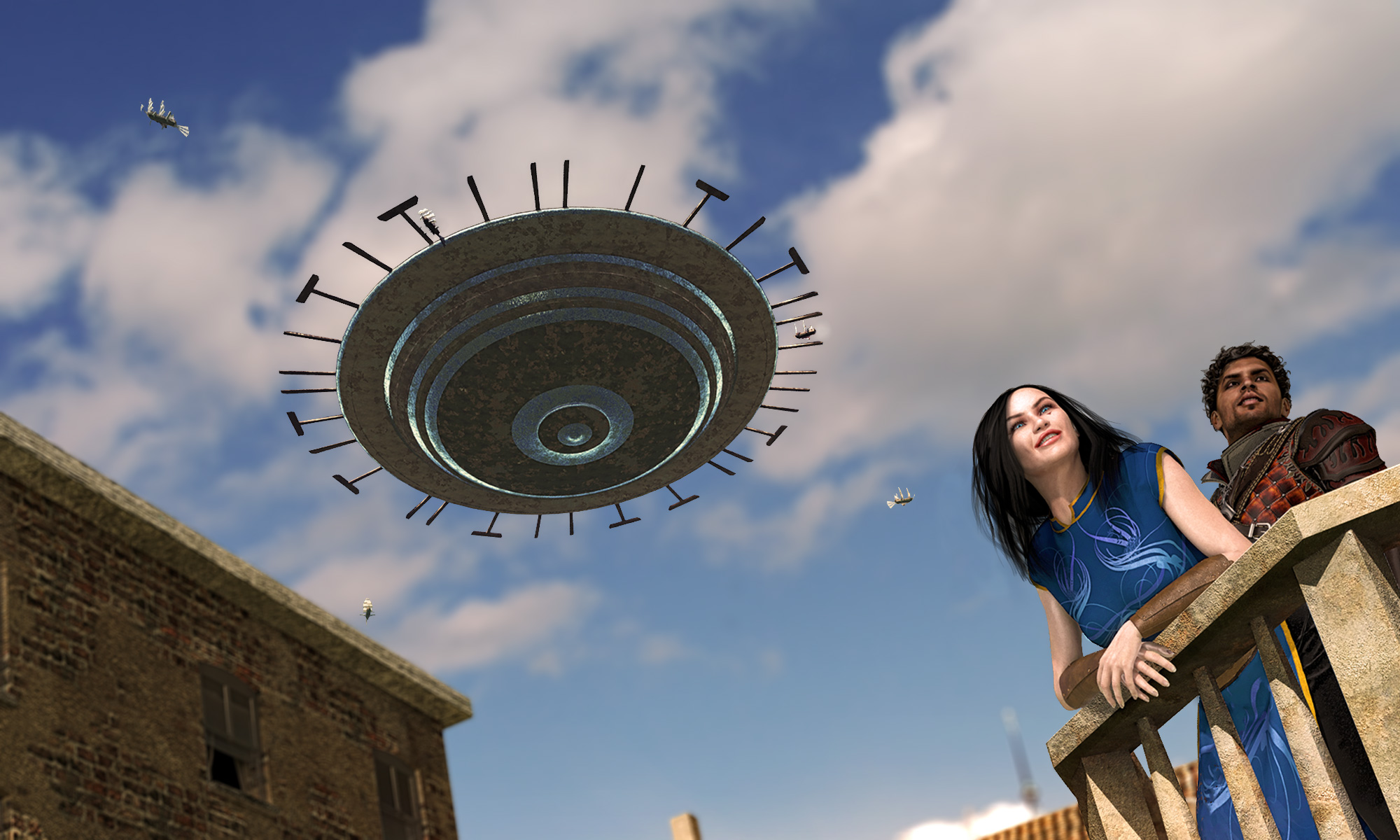
I was reading James recent blog over at Grognardia, and it made me think about the current state of this blog and what topics to write about in the future. While James has written more posts (orders of magnitude more), I’m currently sitting at 426 posts over the last 10 years. That’s not bad considering I’ve had lots of downtime and gaps in my output.
Also like James, it’s harder for me to find new material to discuss and/or I realize I’ve already written on the topic years ago. I always thought it was odd when someone would tell me they couldn’t remember how old they were (it tracks now that I’m in my 50’s), and it can also be difficult to remember what I blogged about five, eight or even ten years ago! I think I’ve mined some interesting angles with Rolemaster and Shadow World, but I’m not sure where else I can go with this. Inspiration will occur, but I suspect at a much slower rate.
So where does that leave us? RMU is finally out (mostly), Terry has passed leaving Shadow World indeterminate, TTRPG’s are as popular as they have ever been, and there are numerous channels to explore gaming topics. What conclusions can we draw from these basic observations:
- The environment is right to promote Rolemaster/RMU. The system is still one of the few “complex” systems for gamers looking for more verisimilitude. Just like in the early 80’s, players converted to Rolemaster for greater realism or grittiness. Those conditions still exist today–most games embrace simplicity and “rule lite’ structures; there will always be a need for complexity for maturing gamers. It’s a cycle. We need a blogger to cover RMU rules and issues.
- Shadow World is still a viable setting for Rolemaster and with a bit of tweeking, RMU. I’ll continue to focus on SW as my main blogging topic, and continue to produce material for that setting. I’m currently focusing on using AI tools to leverage that effort.
- In general we need more writers with other viewpoints, ideas and material to contribute to this blog. If you prefer long form over short tweets or discord give blogging a try. There isn’t much RM blogging out there, so it might be better to consolidate output into the Rolemasterblog?
- Overall we need to keep the Rolemaster flame lit. RMU has drawn new users and brought old users back. When they search the web they need to find a home, content or a community to engage. Basically there are 3 choices: Rolemaster Forums, Rolemasterblog and RM discord servers.
Sometimes it’s hard to gauge engagement when there is a lack of comments–so let me ask directly. What do you like to read about? Is there material or topics that we haven’t touched upon? Is there something we should focus on more? What material would you find more engaging or comfortable commenting or participating in?














